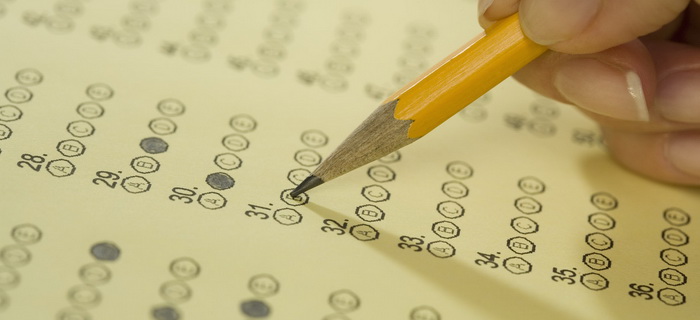Just when it might be time to throw away standardized testing, the SSATB is coming out with a new test. It will not be your regular Reading, Writing, and Math test, but a test that looks at non-cognitive skills. We will get to what non-cognitive skills are in a moment and start with the reasons behind this change.
The SSAT’s main purpose, simply speaking, is to help assess academic skills from reading to language and math. In some ways, it is a test of what you know and hopefully gives receiving schools a predictive idea of academic success, particularly first year grades and fit from an academic standpoint. The problem though is that secondary schools do more than develop academic minds, they also build character, in the formative years of teen-hood.
The Character Skills Assessment (CSA) will look at other areas of ability. CSA is in trial stages now and will roll out officially next Fall. So what does CSA test for: Teamwork, empathy and integrity, skills that schools look for in determining the kind in character they want to instill in their community. Since each school is unique and the community of that school is as well, schools will be looking for different attributes. Working with a team from the Think Tank on the Future of Assessment* and here are the questions they tried to answer:
“• How do we better understand our students’ many kinds of minds, and look for new ways standardized testing can reveal more about them?
• How should we support the professionalism and consistency of the admission process and consider carefully what will serve independent schools 10-20 years from now so we can better lead the profession forward?
• How do we pull together the best available thinking on broadening admission assessments and share that thinking widely?
• How might we test for important character attributes in the admission process?”*
So what are schools looking for? The G32, or the pilot schools, determined the following traits as important for success in independent schools: “resilience, grit, curiosity, growth mindset, empathy, integrity, motivation, self-efficacy, and self-control.” It seems that many of these align with the Harvard report and set of initiatives Making Caring Common.
The basis of the test or rather how students will be tested is through a Situation Judgment Test whereby students are presented with a “situation” and several response, which they rank their answers choose the best or worst choice depending on the question and situation. How they respond will give insight into revealing their traits as described above.
The CSA will not be required in the following years admission process. Again, it is just in the trial phase at the moment. The CSA will not replace the SSAT test but be used in addition to the test. So while the SSAT will provide pertinent information on academic skills, the CSA will help admission offices build the kind of class from a additional set of standards which meet, one supposes, the mission and philosophy of the school.
The enormous benefit of the CSA is that gives additional information to schools in the selection process. My hope is that the tests, both the SSAT and CSA have revolving questions that cannot be gamed. The ACT will, in the near future, go to a computer-based test where the questions change based on the ability of the student. The TOEFL had the same test quality when they launched the CBT many years ago.
The ability to assess students on different factors is important. When schools are building a class that sets the culture of the school, the CSA brings added value. And while standardized tests have limited predictive value on academic success, perhaps this is an additional piece of evidence to help enrollment managers build the best class they can and really help schools determine the “fit” of the student.
*From SSAT.org
*From Think Tank on the Future of Assessment
Photo: westottawa.net




